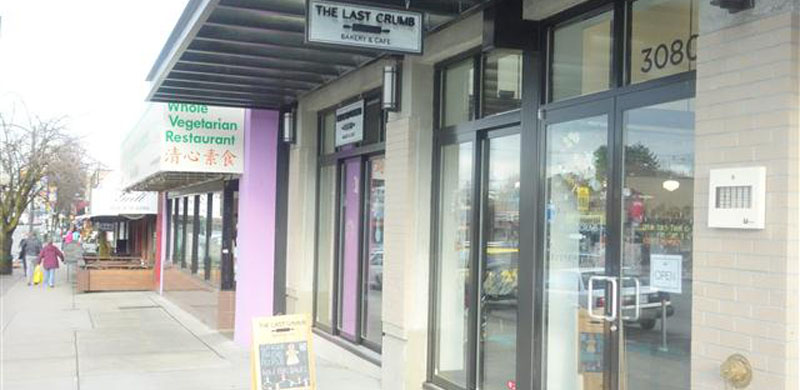When you're trying to eat healthier or watch your weight, the best thing you can do for yourself is to read the nutritional information on everything you eat. Whether it's the groceries you bring into your home or an entree at a restaurant, knowing what you're putting inside your body is the first step toward being more selective about your eating habits. The following guide will help you find, interpret, and make decisions based on the nutritional information about your food.
In the grocery store, nutritional information is easy to come by. Government regulations require all food producers and importers in the country to post relevant nutritional information on the outside of their product packaging. Just flip it over and read. When you're eating out or attending an event put on by catering, the nutritional information is not going to be printed on the bottom of your plate. However, they are required to be able to provide it if you ask. And you should.
There are several reasons why checking the nutritional information is important. The first is that it is often not immediately obvious which if the cans of soup in your Mississauga real estate is the healthiest. Some foods have surprising amounts of salt and fat in them. The second reason is that if you have a food allergy, such as a peanut allergy, an intolerance of lactose, or celiac disease, the nutritional information will warn you whether this product could potentially cause a reaction, even if this is not obvious from its list of ingredients.
There are many different parameters that are measured to get the nutritional information in a product. Some, such as vitamin and mineral content, are important only if you are looking to pack lunches with more calcium or iron. Others, such as fat content, calories, and salt, you should always look at and use to judge whether the product is too unhealthy to meet your standards. The more salt, fat, and calories it contains, the worse it's going to be for you. The nutritional information on the packet breaks these factors into percentages so that you can tell how much of your daily food allotment it should represent.
If you find yourself hopelessly confused by the nutritional information on product packaging or having trouble interpreting it in order to make decisions about what foods to stock your home with, there are classes that can help. Some grocery stores, for example, provide classes to the community on making healthy choices based on the nutritional information on product packaging. You can also talk to your doctor for advice or visit your federal government website for fact sheets and instructions.
| 